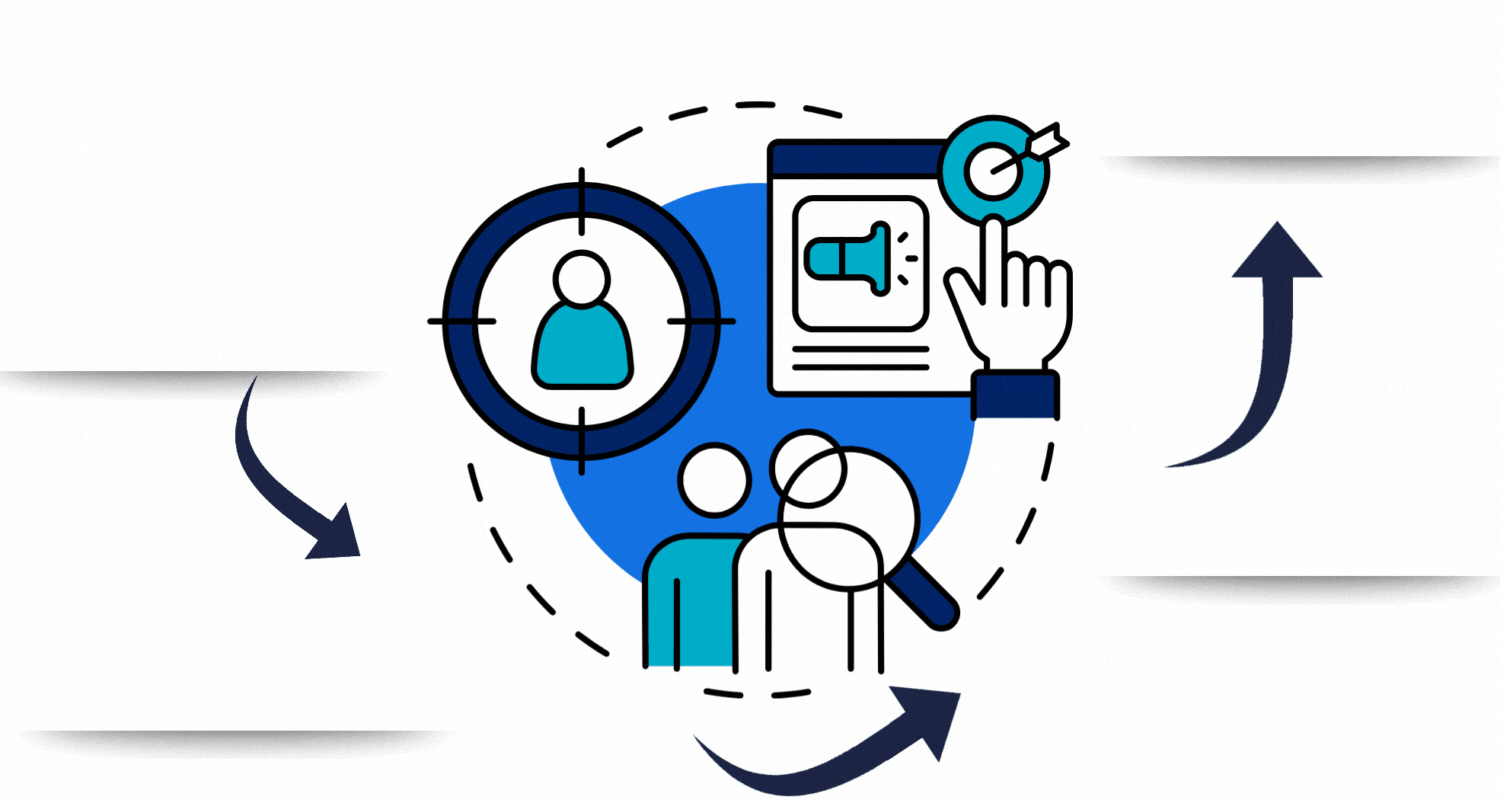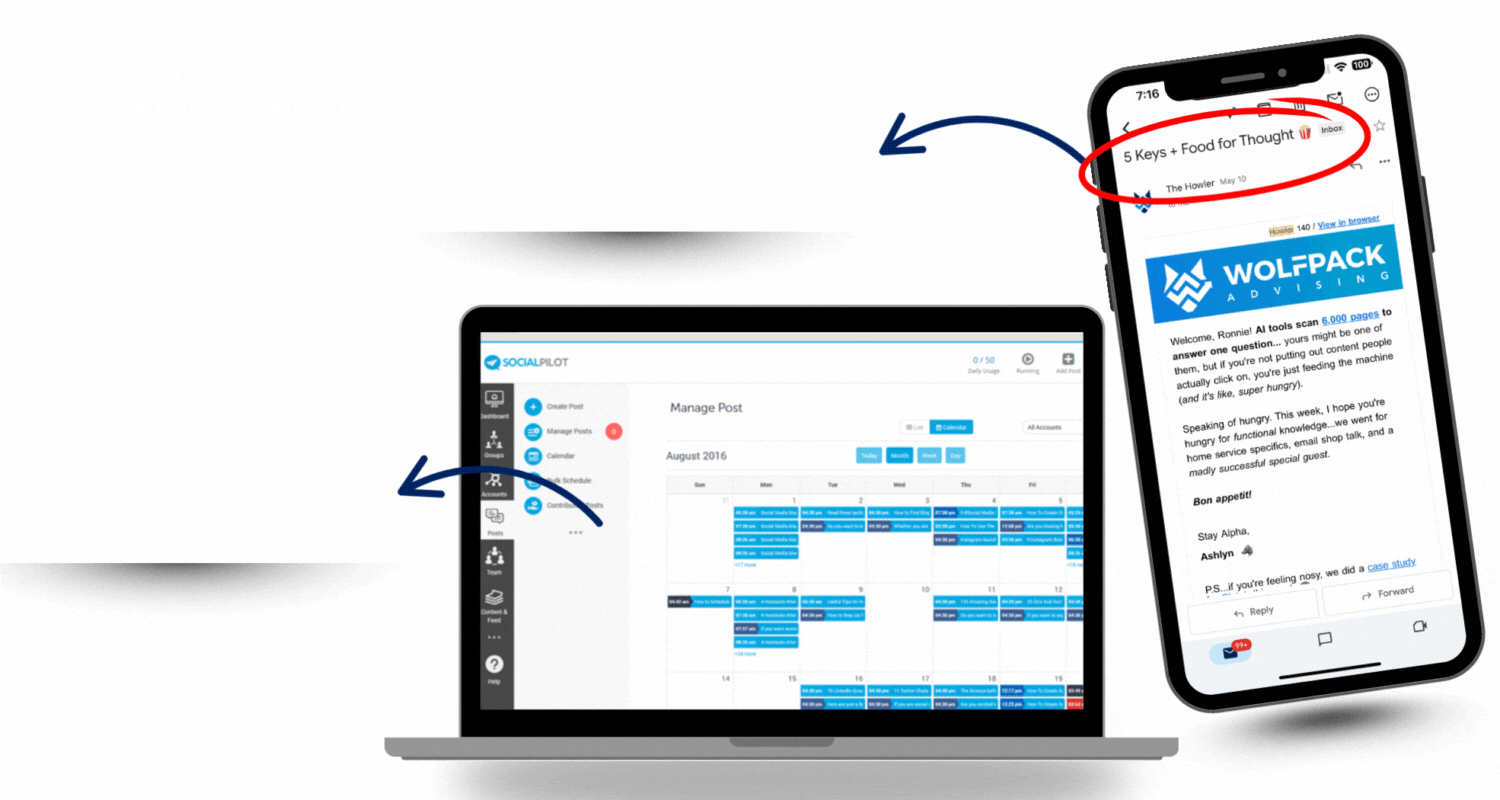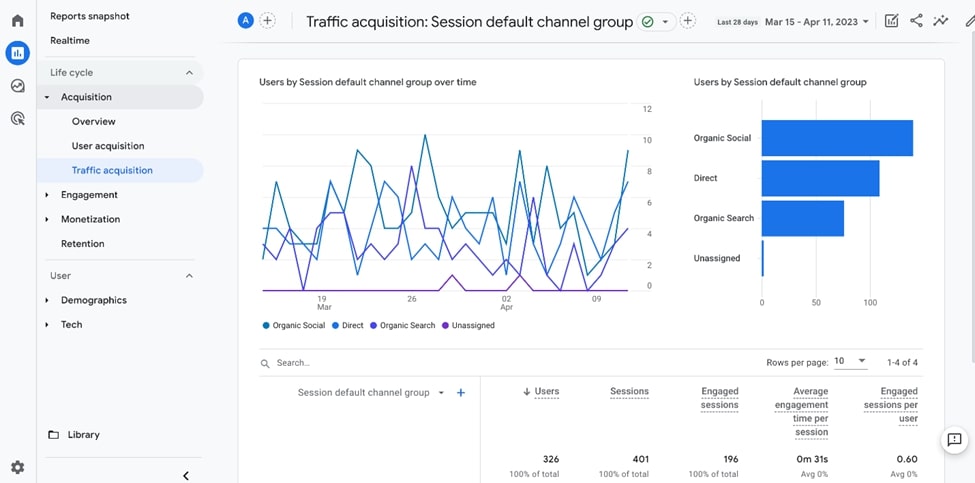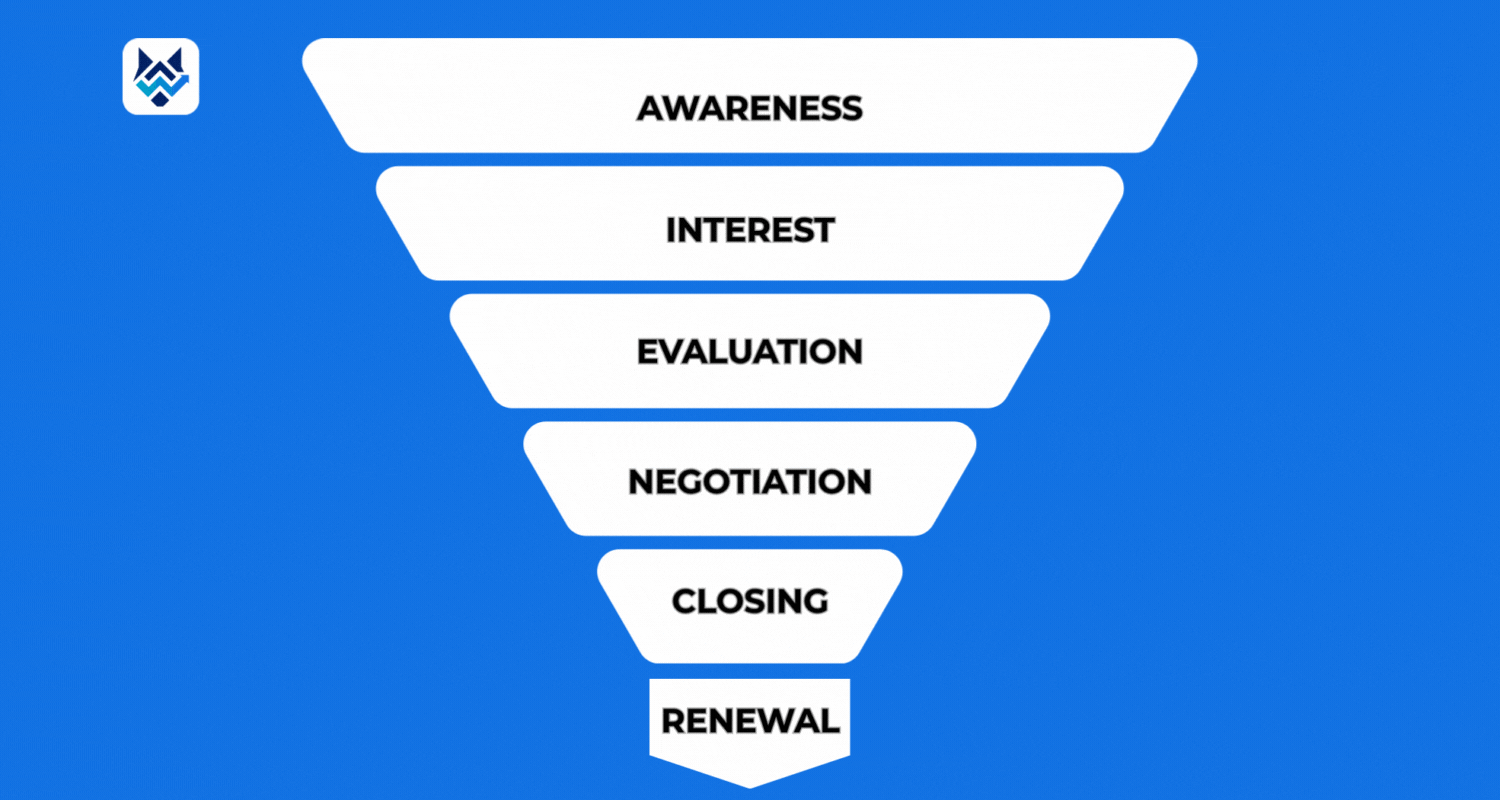Last updated on December 12th, 2025 at 03:56 pm
Has your brilliant content ever just not landed, leaving you wondering if poor story timing was the real issue behind a fantastic social media update, insightful email, or helpful blog post barely making a ripple? You checked all the boxes for great content, yet the likes, shares, and comments just didn’t come. It makes you wonder: was the message itself the problem, or could it have been when you shared it?
Many businesses know this frustrating feeling. You create valuable stories and share useful information, but if the story timing isn’t quite right, your efforts can feel like they vanish into thin air. The good news is that you can change this.
This article will help you see if incorrect story timing might be holding your content back. Above all, you will find bright, simple solutions to guarantee your messages are getting in with the force they need to, with easy steps that help you communicate with your audience properly. Improve your storytelling? Go for it and start implementing these strategies today!
Contents
What Exactly Is Story Timing in Marketing (And Why It’s a Game-Changer)?
You might think story timing is just about picking a day and time to send an email or post on social media. While that’s a piece of the puzzle, true story timing in marketing goes much deeper. It’s about really knowing your audience: how they spend their days, what’s happening in the world around them, and understanding how a good story naturally unfolds to truly grab their attention.

Think of it as understanding the rhythm of your audience and matching your tune to theirs. This means considering the cadence, or how often you share; the relevance, or why this message matters right now; and even the internal pacing, which is how your message flows from start to finish – a key aspect of elevating your marketing with clear, compelling narratives. Getting these elements of story timing right can make a huge difference.
The Real Impact of Nailing Your Story Timing
When your story timing is spot on, the benefits are clear and powerful. It’s not just a “nice-to-have”; it’s a game-changer for how well your messages are received and the results you see. Good story timing can:
- Boost engagement: More people will like, share, and comment on your content.
- Increase visibility and reach: Your stories get seen by a wider audience.
- Drive desired actions: People are more likely to click, buy, or sign up.
- Build stronger connections: Your audience feels understood and trusts you more.
- Prevent message fatigue: You avoid overwhelming people or being forgotten.
- Help you achieve your goals: Ultimately, smart story timing gets your amazing content working harder for you.
Signs Your Story Timing May Not Be Right
Sometimes, it’s hard to pinpoint exactly what’s wrong with my content. Storytiming might be the sneaky culprit, as it often is for many struggling creators. Do any of these situations resonate with you?
- You create high-quality content, but very few people engage with it.
- You launch a new product or service, and it feels like you’re announcing it to an empty room.
- Your messages sometimes feel “out of touch” or don’t quite land with current moods or events.
- You hear from your audience that you’re sending too many communications, or perhaps not enough.
- Despite your best efforts, your amazing content just isn’t helping you reach your business goals.
If you nodded along to any of these points, it’s a strong signal that taking a closer look at your story timing could be incredibly beneficial. Addressing these issues can transform how effectively you communicate.
The Core Elements of Effective Story Timing: Mastering the “When” and “How”

It is not a matter of lucky timing when it comes to getting your story right; some pieces to this puzzle are more important than others. Once you get the hang of these, then you will be able to command when and how your messages show up for the absolute best effect. We will dive into the fundamentals of these to help you build a more effective storytelling template.
“According to insights from McKinsey & Company, personalization can lift revenues by 5 to 15 percent.“
A. Cadence and Consistency in Story Timing
Consider your favourite TV show. You know the new episode is coming, and you look forward to it, at least. The rhythm and repetition are how they got here. Just like your content and your story timing management.
- The Goldilocks Principle for Content: You want to share content “just right” – not too much, so people feel overwhelmed, and not too little, so they forget about you. Consistent story timing helps build anticipation. Your audience starts to expect and look forward to hearing from you, whether it’s a weekly email, a daily social media tip, or a bi-weekly blog post.
- Tune Into Your Audience’s Habits: Take note of when/what time your audience is more active and open to hearing from you. Facebook during lunch? What is the first thing that they do: check email? You have to understand their consumption pattern for story timing to be effective. A lot of social media platforms and email marketing tools have analytics on when your posts or emails are viewed the most.
- Work With, Not Against, Platform Algorithms: Many online platforms, like social media sites, tend to favor accounts that post consistently. Your content being posted regularly and at the correct times can tell these platforms that you are not only alive, actively sharing content so that more people see your stories. Smart story timing is a part of this.
B. Relevance and Context in Your Story Timing
Imagine hearing a Christmas ad in July – it would feel out of place, right? The message itself might be fine, but the story timing would be completely off. Making your content relevant to what’s happening now for your audience is a superpower.
- Align with Current Events: Tying your message to current events can make it very relevant. However, always do this with care and make sure it feels genuine and appropriate for your brand. Poorly judged story timing here can backfire.
- Story Timing Across the Customer Journey: Someone just discovering your brand needs different information than someone ready to make a purchase. Effective story timing means understanding the stages of the customer lifecycle and delivering awareness-building content early on, consideration-focused content as they learn more, and decision-making content when they’re close to buying.
- Leverage Seasons and Holidays: Recognizing seasonal trends as a marketing opportunity means you can plan your story timing around these natural peaks of interest. Connect with what’s already on your audience’s mind, whether it’s back-to-school season, a local festival, or a national holiday.
- Strategic Timing for Big News: When you have a product launch, a special announcement, or a big promotion, the story timing is critical. Let there be a build-up and pick a time when the audience is most likely to launch at you.
C. Internal Pacing for Compelling Content
Beyond when you publish, the story timing within each piece of content also matters greatly. This “internal pacing” is about how you structure your message to keep readers engaged from start to finish.
- Hook Them from the Start: Your opening lines are crucial. You need to grab your audience’s attention immediately, making them want to know more.
- Build Value and Interest: As your message unfolds, whether it’s an email, a blog post, or a social media update, build value step by step. You can create a little suspense or curiosity to keep them reading or watching. The timing of revealing information matters.
- Deliver the “Payoff” at the Right Moment: The main point of your message, your “aha!” moment, or the core information needs to be delivered when the audience is most receptive, after you’ve built up to it.
- Perfect Timing for Your Call to Action: Your call to action – what you want people to do next – should come at a natural point, usually after you’ve provided value and they understand the benefits. If the story timing of your CTA is off, it might get ignored.
D. Story Timing Across Different Platforms
Not all platforms are the same, and your story timing strategy needs to adapt accordingly. What works for email might not be best for Instagram.
- Email Marketing: Consider the best days and times to send emails to your specific list. Are Monday mornings good, or do emails get lost in the shuffle? Also, think about the story timing of email sequences – how often should follow-up emails be sent?
- Social Media: Each platform has its peak times when users are most active. For example, Instagram “Stories” are quick and often viewed throughout the day, while a more in-depth LinkedIn article might perform better during business hours. Your story timing needs to match the platform’s nature.
- Blog Content: Think about your publishing schedule. Is it weekly? Monthly? Also, consider the timeliness of your topics. Some blog posts are “evergreen” (always relevant), while others might be tied to a specific event or trend, requiring more precise story timing.
- Integrated Campaign Timing: If you’re running a larger marketing campaign across multiple channels, the overall story timing needs to be coordinated. Your email, social media posts, and blog content should all speak to a larger conversation with messages timed so that they help each other amplify.
Mastering these core elements will significantly improve your story timing, helping your valuable content connect with more people and achieve better results.
Practical Steps to Improve Your Story Timing Starting Today
Knowing that story timing is important is one thing; knowing how to improve it is another. The great news is you don’t need complicated tools or a massive budget to start making positive changes. You can begin refining your story timing with some practical steps that focus on your audience and smart planning. These fixes will help ensure your messages reach the right people at the right moment.
1) Listen to Your Audience
The most effective story timing always starts with your audience. If you don’t know when they listen or what they need, it is like shooting in the dark.
- Discover When They’re Most Active:
- Look at the analytics on your social media pages. Most platforms show you when your followers are online and engaging the most.
- Check your email marketing reports to see which days and times get the best open rates and clicks.
- Consider sending out a short survey asking your audience about their preferences for receiving information.
- Pay attention to comments and messages – sometimes people will tell you directly or indirectly when they’re paying attention. This is all part of smart story timing.
- Connect Timing to Their Needs: Think about your audience’s daily routines or challenges. For example, if you offer solutions for busy parents, timing your helpful tips for early evening after work might be more effective than mid-morning. Aligning your story timing with their actual needs makes your content feel more relevant and helpful.
2) The Strategic Content Calendar
Posting randomly whenever you have an idea can lead to inconsistent messaging and missed opportunities. A content calendar is your roadmap for strategic story timing.
- Shift from Random to Rhythmic: Instead of haphazard posting, a content calendar helps you plan your story timing with intention. You decide in advance what you’ll share and when. This creates a more consistent and reliable presence for your audience.
- Map Out Themes and Messages: Use your calendar to plot out important themes, key messages you want to share, and the best times to deliver them. For example, a local bakery in the Triangle area planning for the fall festival season could use their calendar to schedule posts about pumpkin spice treats starting a few weeks before, building excitement with perfectly planned story timing. This ensures all their content works together.
3) Using Analytics to Refine Story Timing
Your website, social media, and email marketing platforms collect a lot of data. This information is like gold when it comes to fine-tuning your story timing.
- Identify Key Performance Metrics: Certain numbers can tell you a lot about your story’s timing effectiveness.
- Email Open Rates: Show if you’re sending emails when people are likely to check their inbox.
- Click-Through Rates (CTRs): Indicate if the timing and message resonate enough for a click.
- Social Media Engagement Peaks: Reveal the times your posts get the most likes, shares, and comments.
- Website Traffic Patterns: Google Analytics can show when people visit your site most often.
- Use Helpful Tools: Many tools, often built into the platforms you already use (like Facebook Insights, Instagram Insights, or your email service provider’s analytics), can help you track this information. There are also dedicated social media management tools that offer deeper insights into optimal story timing.

4) Experimenting with Your Story Timing
When you have some data, feel free to explore and try new things with it. What works best for one business might not be ideal for another, so testing helps you find your unique sweet spot for story timing.
- Try Simple A/B Tests: An A/B test is when you try two slightly different versions of something to see which performs better. For story timing, you could:
- Send the same email to two small groups on different days or at different times.
- Post similar content on social media at various times of the day.
- Monitor and Adjust: Keep an eye on the results of your tests. Which timing got better engagement? Use what you learn to adjust your future story timing. This is a step-by-step process of making improvements.
5) Be Agile and Responsive (But Stay Strategic)
Planning is important, but life can throw unexpected opportunities or urgent situations our way. Good storytelling involves not just having a plan, but also the flexibility to adapt when things change.
- Know When to Adjust Your Plan: If a major news event happens that’s relevant to your audience, or an unexpected opportunity pops up, you might need to shift your planned content. Being flexible allows your story timing to feel current and responsive.
- Balance Planned and Reactive Content: It’s about finding a good mix. Your content calendar provides the backbone of your story timing strategy, but leave some room to react to what’s happening in the moment. This ensures your brand feels both reliable and relevant.
Taking these steps will put you in much greater control of your story timing, helping you move from hoping your content gets seen to knowing you’re giving it the best possible chance to connect and make an impact.
Weaving Story Timing into Your Bigger Marketing Picture
So, you’re getting the hang of getting your story timing right for individual pieces of content – that’s awesome! Now, let’s think bigger. When you start weaving smart story timing into your entire marketing strategy, that’s when things start to click. It’s not just about one perfectly timed post anymore; it’s about making all your efforts work together like a well-rehearsed band. Ready to see how you can take your approach up a notch?
Your Sales Funnel and Story Timing: A Perfect Match
Think of your sales funnel as the path you gently guide people on, from “just browsing” to “ready to buy.” Good story timing is like making sure they have the right map and helpful tips at each stop along that path – not too much info too soon, and never leaving them hanging.

- When They’re Just Curious (Awareness): Folks are just finding out about you or realizing they have a need. Your story timing here is all about regularly sharing genuinely helpful stuff – think useful blog posts or quick social media tips – without any pressure.
- When They’re Exploring Options (Consideration): Now they’re actively looking for solutions. This is when your story timing might involve sharing things like customer success stories, more detailed guides, or perhaps an invite to a helpful webinar, especially for those who’ve shown some interest.
- When They’re Almost There (Decision): They’re close to making a choice! Well-timed offers, glowing testimonials, or an easy way to chat with you can make all the difference. Nailing the story timing for these messages can gently encourage them to take that next step.
When you match your content and its story timing to where people are on their journey, they feel understood and are much more likely to keep moving forward with you.
Automation That Still Feels Human
Those marketing automation tools? They can be lifesavers for hitting your story timing marks, like sending out a friendly welcome email the moment someone signs up for your newsletter. It’s fantastic for delivering messages right on cue.
But here’s the secret sauce: even if a tool helps send it, the message needs to feel like it came from a real, caring person. Imagine a series of welcome emails that arrive over a few days. The story timing is automated, sure, but each email should offer something genuinely useful and have a warm, personal tone. That way, you build trust and keep things authentic, even while using smart tech to perfect your story timing.
Mixing It Up: Long-Lasting Content and In-the-Moment Pieces
Some of your content is like a trusty pair of boots – built to last and always useful (that’s your “evergreen” stuff). Other pieces are more like a flash sale – exciting and for right now (your “timely” content). Smart story timing plays a big role for both, just in slightly different ways.
- Evergreen Goodness: Think of those super helpful “how-to” guides or articles that explain the basics of what you do. They’re always valuable. Your story timing for these involves a good launch to get them noticed, and then maybe sharing them again now and then when the topic is hot.
- Right Here, Right Now Content: This is all about what’s happening today – current news, seasonal trends, or special offers. For these, spot-on story timing is everything. You’ve got a short window to make an impact, so getting it out there at just the right moment is key.
An effective marketing plan uses a healthy mix of both, with careful story timing planned for each piece.
Conclusion
Has it ever seemed you’re pouring your soul into this amazing content, and then at the end of it all, no one cares? If that sounds familiar, please don’t lose heart! Chances are, it’s not that your ideas aren’t great. More often, it’s just that the story timing was a little off. And the best part? Figuring out story timing isn’t like trying to solve some impossible mystery. It’s simply a part of your strategy that, with a little know-how, you can get right.
So, if you’re tired of wondering whether your messages are hitting the mark and you’re ready to see real results from your content, maybe it’s time for a chat. We’d be happy to help you map out a solid plan that weaves powerful story timing together with effective local SEO, smart PPC campaigns, and keeping your online reputation strong. Why not schedule a free consultation with us at Wolfpack Advising today? Let’s work together and make sure your story gets heard at exactly the right moment.






